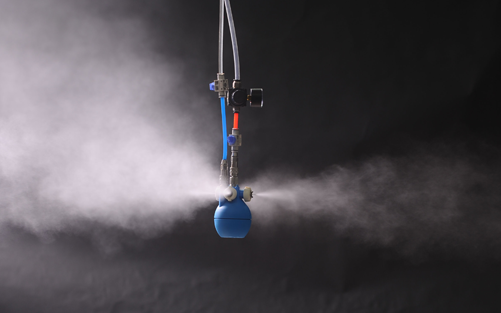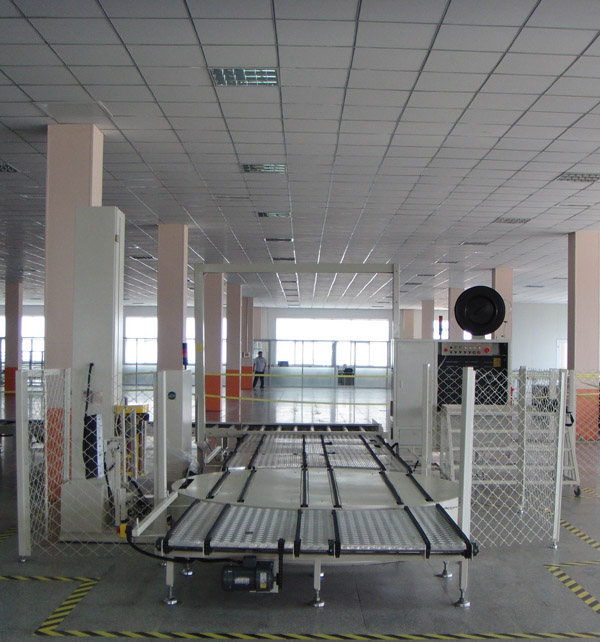Contrary to popular belief, industrial humidification is a necessity to some industries yet less heavily relied upon by others. If you’re reading this then chances are you find yourself in need of various air and water system that are designed to regulate the humidity of your manufacturing environment. Due to the sheer variety of brands and products that are out in the market, it can be difficult to pick and choose the right one for your needs. That is why the following list will give you a better idea on how to decide.
- Centralized Humidification
This happens to be one of the most highly sought after product in the market because of its ability to maintain a consistent temperature and humidity across the manufacturing floor. Being centralized allows it to do its job form one end of the room to the other regardless of size because it will have enough power to support your needs. These types of humidifiers also use air filters that helps to keep contaminants out of the air, preventing you from breathing it into your lungs.
Even in the cleanest of environments, keeping your floor completely clean is almost impossible and yet there’s the risk of products and machinery being compromised from specks of dust that are present. Having the air filter system installed will prevent this from happening.
The downside is that centralized humidifiers often cost a lot of money and is one of the bigger investments for any company to make compared to the other devices on this list.
- Ductless Humidification System
This is seen as the next most popular choice for users who are looking to be a little bit more economical. The biggest advantage of this device is that there is little to no air loss that is typical in other systems with forced air. They are also easily placed up on the wall or on the floor which gives you plenty of flexibility to accommodate it to your production floor. Some factories may have loads of machinery on the ground while others have them up on walls. You can easily choose whether you want to have your humidifier on the floor or on the wall.
The downside is that the bigger the space you have for the machine to operate in, the more expensive it becomes. In terms of short cycling, it will face difficulty regulating the temperature and maintaining the level of humidity in the environment at all times.
Regardless of which ones you prefer to use in the end, always make sure you get the right device that can meet your manufacturing needs.




